Here are a few simple swaps you can make to your diet for healthy, glowing skin.
For years, many researchers believed that diet didn’t have much to do with skin health and that what mattered most was what we applied topically to our skin.
However, recent studies prove that what you eat has a big impact on how your skin looks and feels. Read on to find what foods to avoid and healthier alternatives for better, clearer skin.
How Food Impacts Your Skin
Love turmeric recipes?
Add power-packed anti-inflammatories to every meal with these FREE turmeric recipes!
are intricately connected due to something scientists refer to as the “gut-skin axis”. This means that the state of our gut health determines the look, feel, and health of our skin.
Gastrointestinal disorders tend to manifest outwardly on our skin, causing issues ranging from acne to atopic dermatitis and psoriasis. And, as researchers discovered, many of these disorders stem from having an unbalanced microbiome (bacteria population) in our gut due to a bad diet and other environmental influences. (1)
Luckily, you can start improving your skin by making easy, smart swaps for certain toxic foods.
7 Diet Swaps For Better Skin Health
1. Swap Soda and Fruit Juices for Lemon Water
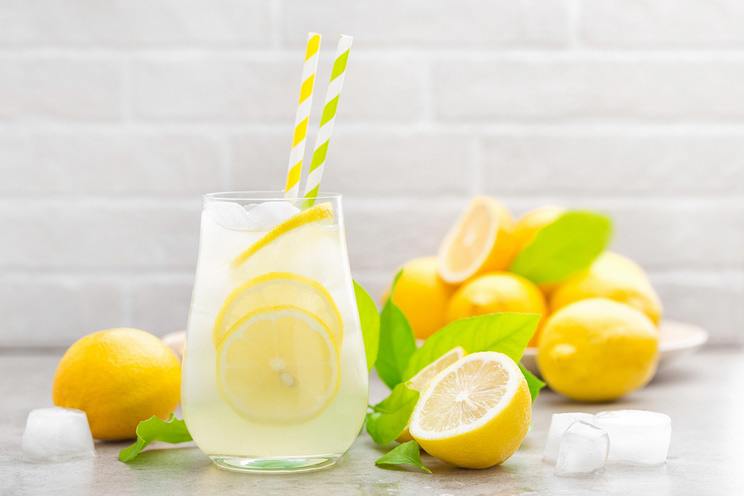
Soda and many commercial fruit juices are loaded with added sugars – some more than you should be consuming in a single day.
Unfortunately, sugar damages the collagen linking in our skin. Collagen is responsible for keeping our skin supple and tight. When it gets damaged, we experience signs of aging like wrinkles and sagging. (2)
Try swapping your daily soda for lemon water. Not only will this cut excess sugar from your diet, but it will also provide you with a dose of vitamin C, which has been shown to have potent anti-aging effects on your skin. (3)
2. Replace Sweets with Berries
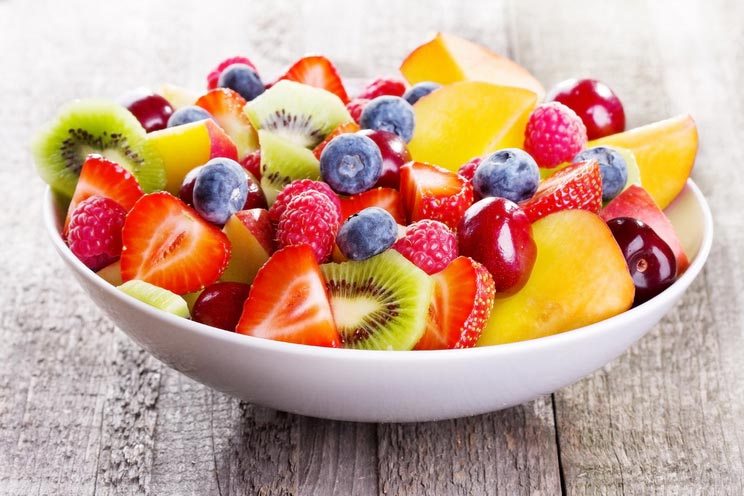
The high sugar content of sweets produces molecules called AGEs (advanced glycation end products), which decrease your skin’s resistance to stress from outside factors such as UV light, as well as impairs wound healing. (4)
Instead of reaching for a piece of candy, grab a bowl of berries instead. These are rich in skin-improving antioxidants, which can also help improve the radiance of your skin.
3. Replace Dairy Milk with Nut Milk
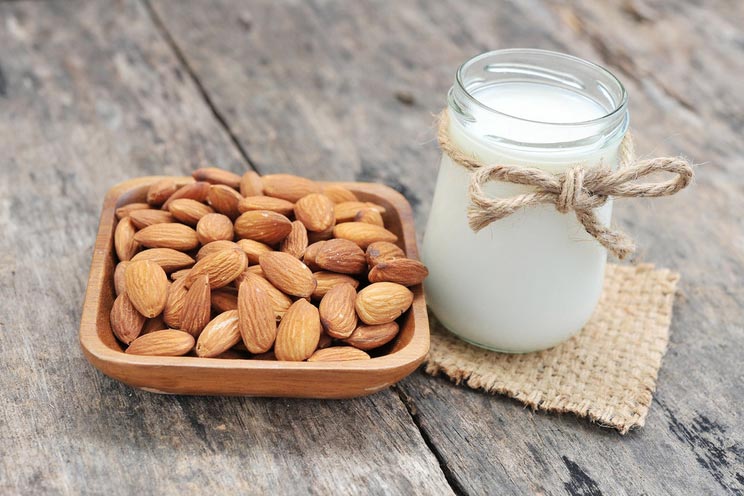
Most commercial dairy in the U.S. comes from cows who have been treated with artificial hormones. Researchers agree that these hormones have a negative impact on acne and other skin conditions, especially since hormones play a large role in skin health. (5)
Replace dairy milk with organic nut or seed milks, without any additives or sugars. Your best bet will be almond or coconut milk, but flaxseed and hazelnut milk are good options as well.
4. Replace Bread with Paleo Starches
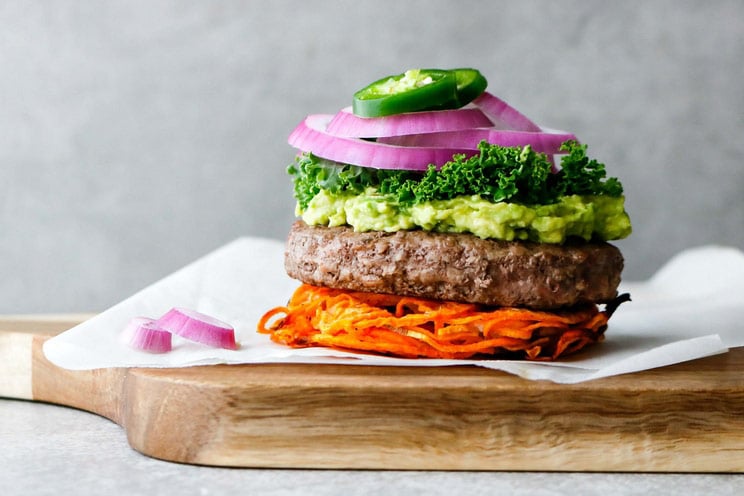
High-glycemic foods, like breads and grains, are known to spike your blood sugar and cause acne and other skin issues.
In addition, most breads and grains contain gluten, a protein that can contribute to gut inflammation and leaky gut, which can disrupt skin health via the gut-skin axis. (6)
Fortunately, ditching the bread can help. One study found that patients with acne problems showed significant improvements in skin conditions after just 12 weeks on a low-glycemic diet. (7)
Try swapping your bread for Paleo-friendly starches such as sweet potatoes, taro, carrots, and winter squashes. Sweet potatoes, in particular, are great toasted and topped with anything from almond butter to salmon!
5. Eat Less Red Meat and More Wild Fish
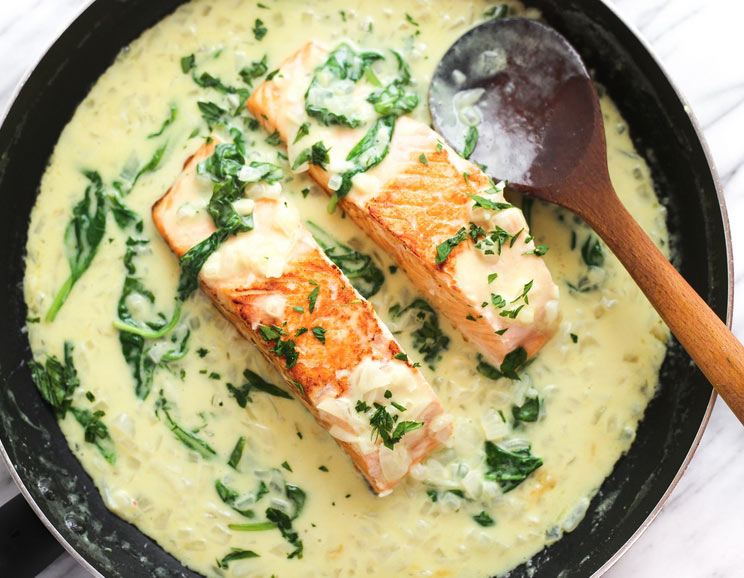
Eating too much red meat might also be problematic. Some red meats – especially the non-organic kind – contain high levels of omega-6 fatty acids, which promote inflammation throughout your body. This can increase acne and other inflammatory skin conditions. (8)
Omega-3 fatty acids, on the other hand, are anti-inflammatory and are abundant in wild fish. These fatty acids decrease inflammation and sebum production in your skin, which can reduce acne severity. (9)
Try cutting back on the red meat and replacing it with wild fatty fish, like salmon.
6. Replace Fried Foods with Foods Sautéed in Coconut Oil
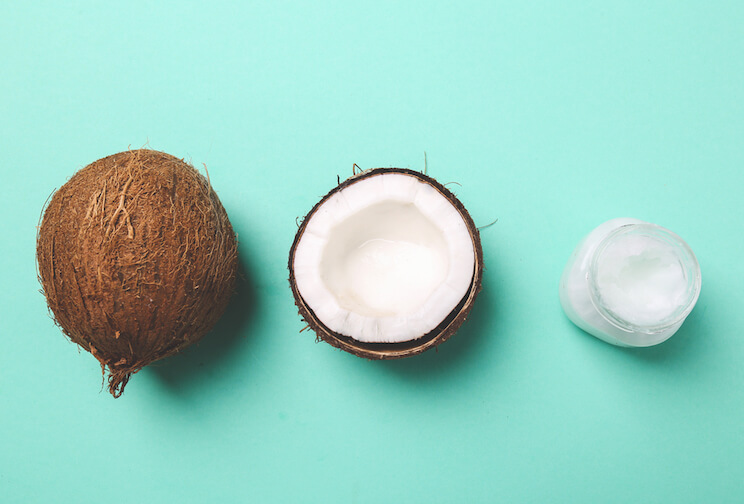
When foods are fried in vegetable oils, the intense heat causes them to go through a process called oxidation. This essentially turns the oil into an inflammatory substance in your body that can create free radicals, which are molecules that can damage DNA and cause skin aging. (10)
Instead of opting for fried foods, try cooking healthy foods in a little coconut oil, which is highly resistant to oxidation from heat. (11)
7. Replace Chips and Other Unhealthy Snacks with Nuts
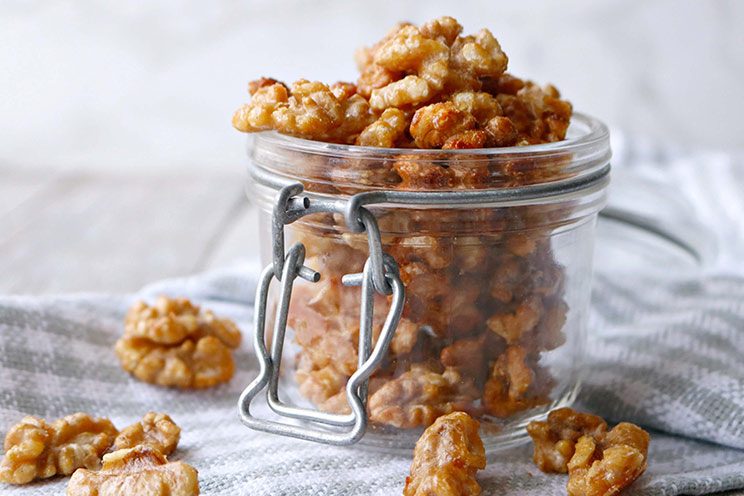
Unfortunately, chips and other fried snack foods contain both oxidized vegetable oils and high-glycemic starches, which can make inflammation and acne worse. (12)
Nuts like walnuts, almonds, and hazelnuts, on the other hand, contain antioxidants and vitamins that can help prevent skin damage and delay skin aging. In addition, nuts have also been shown to reduce inflammation, which is particularly beneficial for inflammatory skin conditions like acne. (13)
For the best option, reach for some walnuts. They have one of the highest polyphenol antioxidant content of all nuts! (14)
The Bottom Line
Making smart food choices are a great way to boost your skin health. By replacing acne-promoting products like soda, fried foods, and dairy, you can naturally clear up acne and redness, while preventing wrinkles, too!
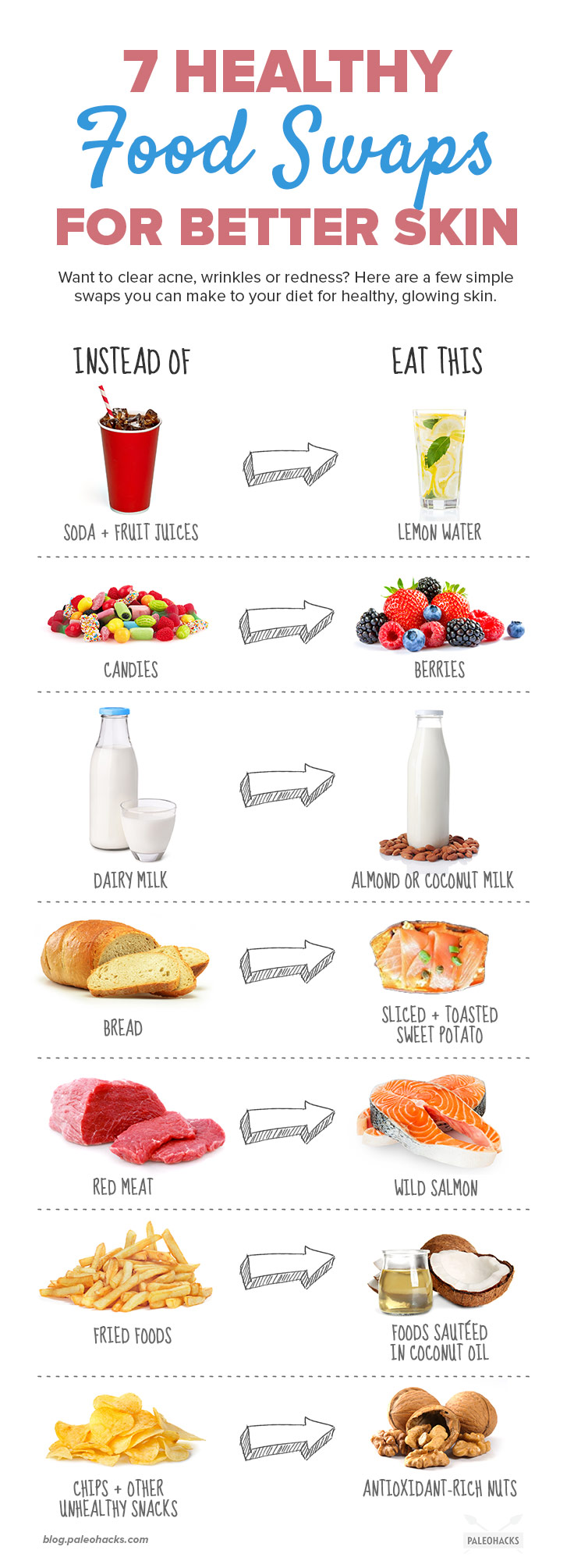
(Read This Next: 10 Gluten-Free and Paleo Food Swaps


 Keto Chicken Zucchini Enchiladas
Keto Chicken Zucchini Enchiladas
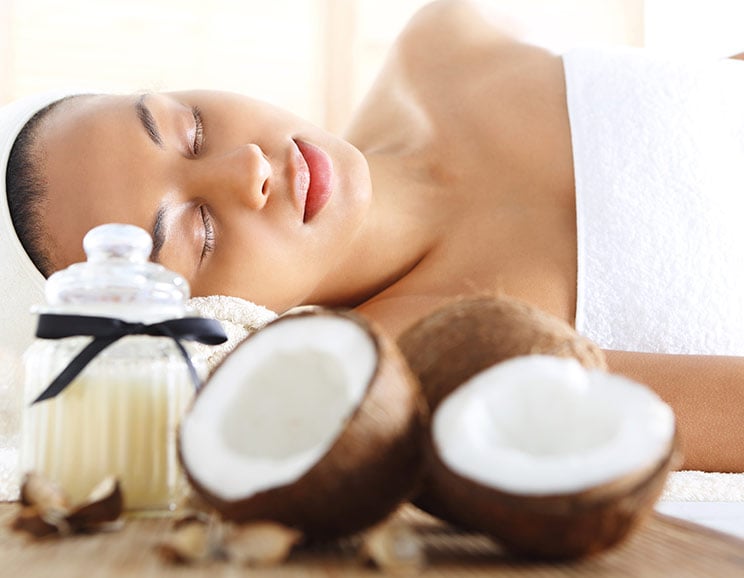

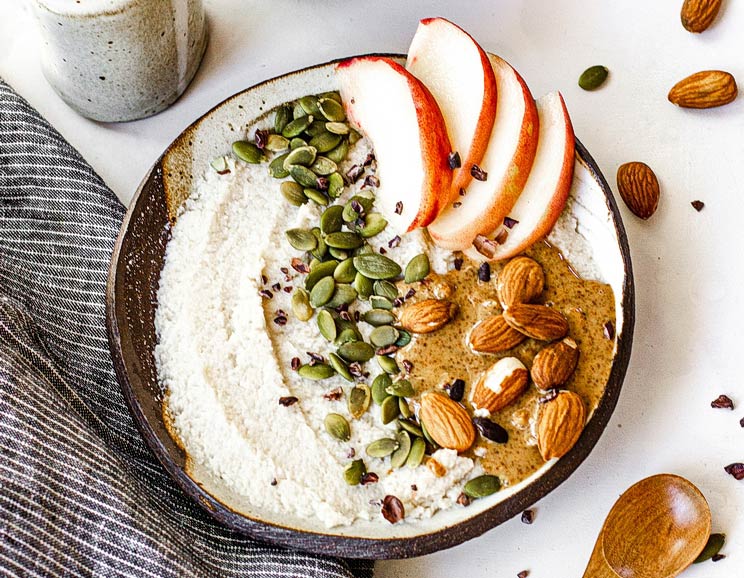
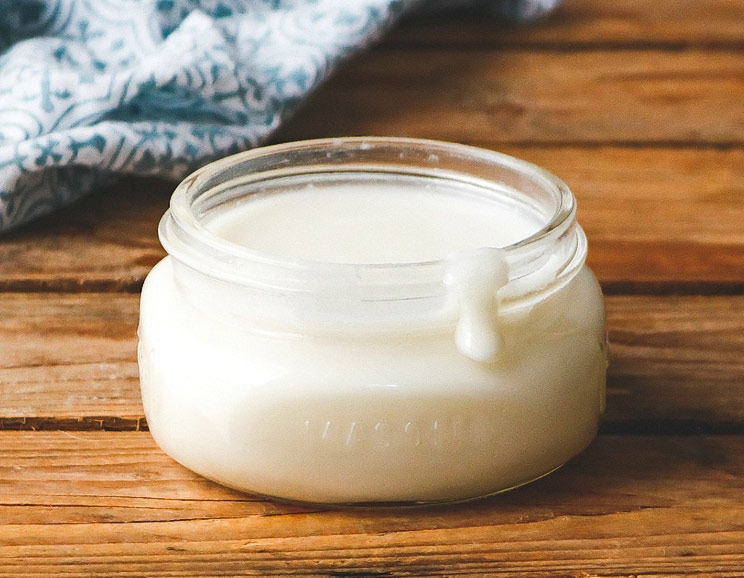
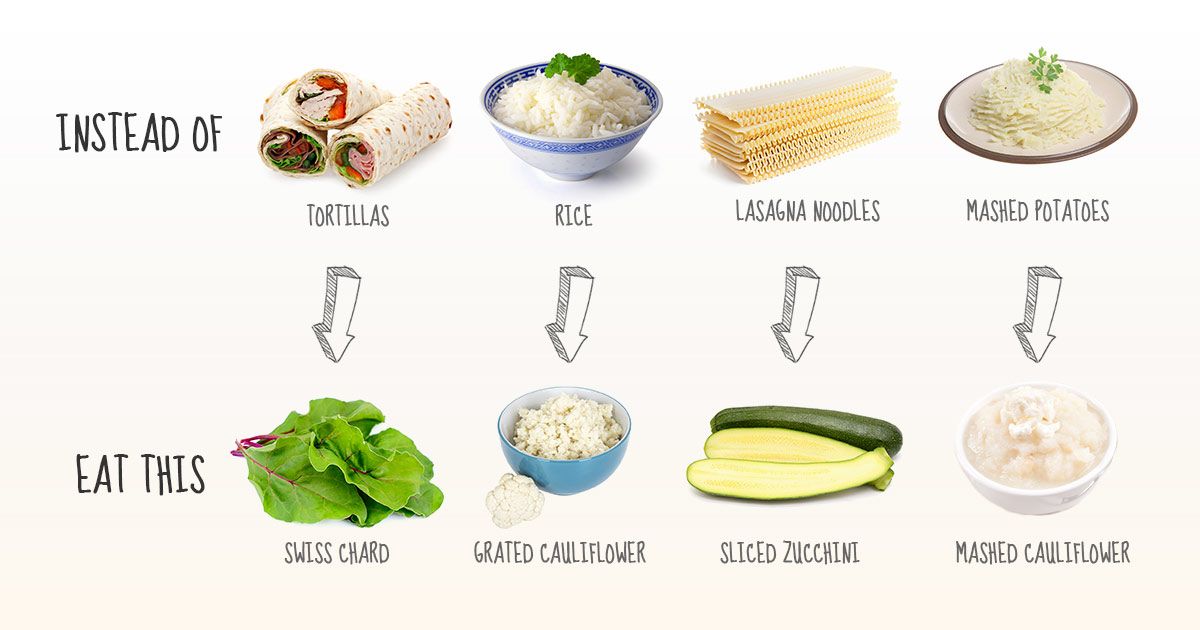
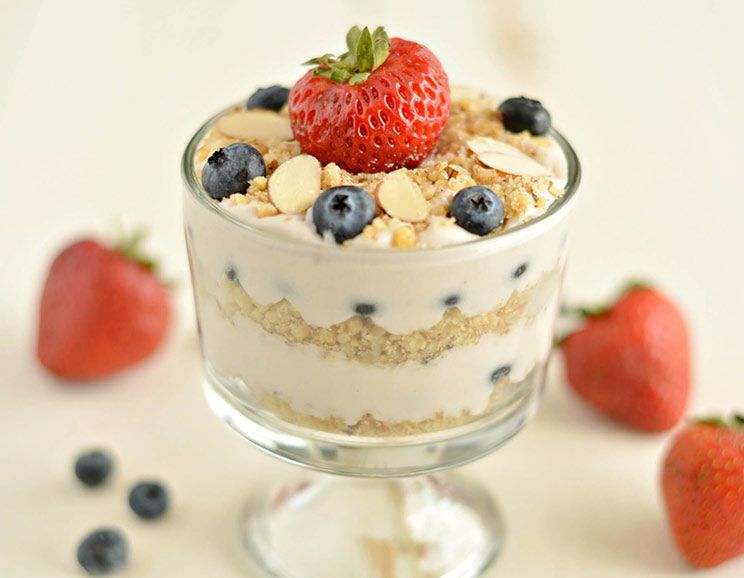
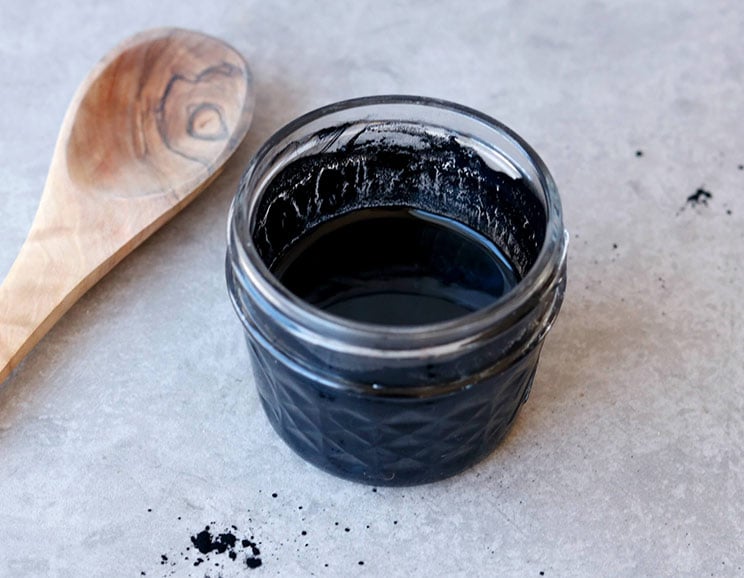
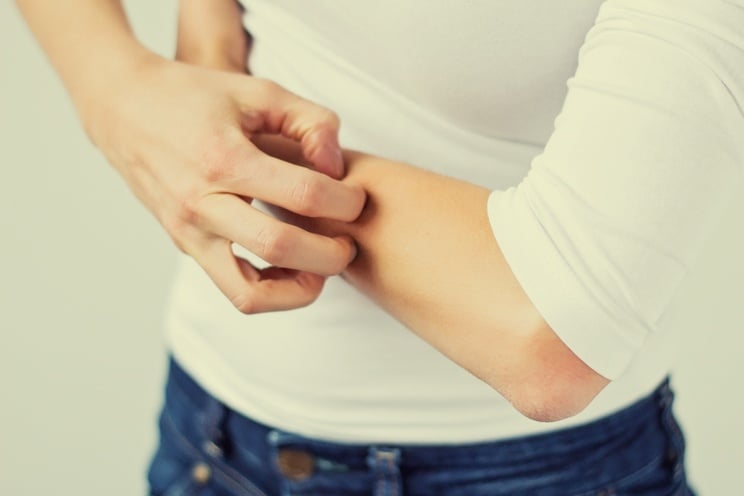
Show Comments